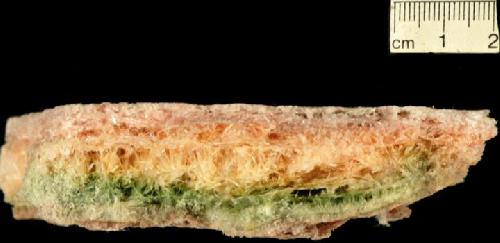Ancient climates on Earth may have been more sensitive to carbon dioxide than was previously thought, according to an analysis of nahcolite crystals found in Colorado's Green River Formation, formed 50 million years old during a hothouse climate.
Scientists found that CO2 levels during this time may have been as low as 680 parts per million (ppm), nearly half the 1,125 ppm predicted by previous experiments. The new data suggests that past predictions significantly underestimate the impact of greenhouse warming and that Earth's climate may be more sensitive to increased carbon dioxide than was once thought
CO2 levels in the atmosphere today are around 400 parts per million (ppm) and according to current projections, a dangerous level already, while doubling of CO2 will result in a rise in the global average temperature of 3 degrees Centigrade. Yet in the past CO2 levels were seven or eight times higher with far less warming impact.

"The significance of this is that CO2 50 million years ago may not have been as high as we once thought it was, but the climate back then was significantly warmer than it is today," said professor Tim Lowenstein of Binghamton University. "We may reach that level in the next century, and so the climate change from that increase could be pretty severe, pretty dramatic. CO2 and other climate forcings may be more important for global warming than we realized."
The only direct measurement of carbon dioxide is from ice cores, which only go back less than 1 million years. Lowenstein and his team are trying to develop ways to estimate ancient carbon dioxide in the atmosphere using indirect proxies. He said that their approach is different than any ever undertaken.
"These are direct chemical measurements that are based on equilibrium thermodynamics," he said. "These are direct laboratory experiments, so I think they're really reliable.
Lowenstein wants to look at nahcolite deposits in China to confirm the results found in Colorado.





Comments